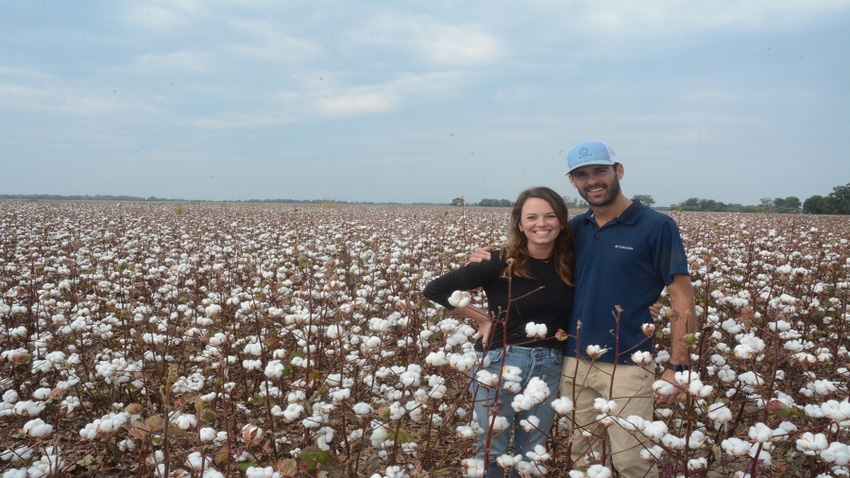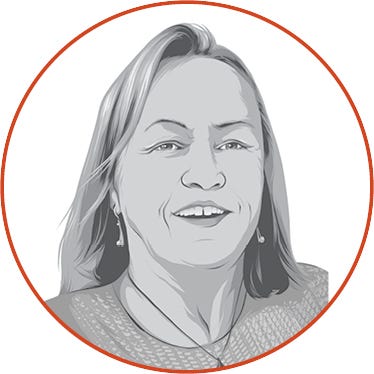
Sledge Taylor grew his first 100 acres of cover crops in 1974.
That’s 37 years before Mark Noland grew his first crop in partnership with his father-in-law Johnny Larson.
Both today are focused on stewarding their land to be healthier and more productive for the next generation. Both Mississippi farmers traveled to New York City in September for a BASF-hosted event at the United Nations to highlight sustainable cotton practices.
“I think in general every farmer would say they want to make their land better, to leave it better than they found it,” Noland says. “Instead of thinking of inheriting this farm from my wife’s family, I think about it as borrowing the land from the next generation.”
The payment on that land note is stewardship. Finding ways to pay on that debt demands innovation. Quite honestly, the path to regenerative production practices is plowed in low gear with a lot of starts and stops. But the persistence is pure American farmer.
Getting started
Taylor started exploring no-till long before 1974.
“It sounds hokey, but I remember Joe Hensley talking about no-till in the 1960s,” Taylor recalls. As a 4-H member in the 1960s, he remembers seeing eroded fields. The impact of that led him to create a middle school science project that focused on erosion. To demonstrate the impact of water on soluble material versus insoluble material, he glued sponges on one side of the box, sand on the other, and then poured water into the box. And that’s how he knows cover crops are key to retaining moisture.
“All the cover on the ground is going to hold the rain,” Taylor says. Before adopting no-till and incorporating cover crops, Taylor figures his fields were generally two weeks from drought conditions. Today his fields can hold out about three weeks between rains.
Understanding the impact that cover crops could have, however, didn’t help Taylor with that first effort. No-till wasn’t developed yet and he had to till in the seed for the cover crop. Another 20 years would pass before the technology to support no-till would come along. That technology was Roundup Ready cotton seed, a GMO.
“No-till really took off when we started getting Roundup Ready crops,” Taylor recalls.
Talking production outside of agriculture
Another 30 years later, Taylor and Noland are no-tilling, using cover crops, and explaining the benefits of GMO seed.
When fashion industry leaders talk to Noland about regenerative practices they are likely to bring up organic production or non-GMO seed. Noland tells them he can do that – if he can find conventional seed – but he also asks them two questions:
“Do you realize there are benefits to GMO seeds?”
“Do you realize I’ll still be spraying chemicals on the ground?”
Mark and his wife Cali are attending eco-ag conferences and speaking to people about what they do because those conversations are essential for people outside of agriculture to understand how farmers think and hear from them how they’re raising crops and livestock. Toward that end, Cali moved her professional focus to marketing and supporting sustainability on the farm.
“For whatever reason, people are really into understanding what we do,” Cali Noland says. “We – farmers – need to be the ones answering their questions.”
Denise Taylor takes on those conversations as a personal mission.
“I want to educate people on how sophisticated farming is. It’s a very sophisticated business with an international impact,” she says. And it’s personal for Mrs. Taylor: “I’m a city girl who wants to defend the honor of my farmer.”
Economics of sustainability
Bridging the knowledge gap may ultimately be the economic pay-off for regenerative practices, Taylor says. He can see a future in which buyers demand data-backed on-farm sustainability practices. It’s why Taylor strongly supports BASF’s e3 program and the U.S. Cotton Trust Protocol.
“We may not get a premium for our cotton because of regenerative practices,” Taylor says. “But we’ll have a market for it.”
For that reason, farmers who adopt regenerative practices need to evaluate what works on their farm in each of their fields. It’s up to each farmer to determine the economic sustainability of their practices, the Mississippi growers point out.
“We’re just trying to make small changes and figure it out,” Noland says. “It looks different for every farm.”
Noland, for instance, flew on a pasture mix prior to cotton harvest. He’s hoping running cattle on a pasture cover crop will add an income stream and increase soil health.
Taylor tried cover crops, couldn’t make it work, then discovered no-till and came back again to cover crops. Persistence across the industry paid off in stewardship and production gains.
“It’s not scientific, but I think our crops look better behind the cover,” Taylor says.
And regenerative practices will probably look better in another 20 or 30 years as the industry-wide effort to raise the level of stewardship continues to build on existing data.
“It’s a process,” Noland says. “I don’t think we’re ever going to say, ‘There it is. We’re done. We did it.’”
About the Author(s)
You May Also Like






